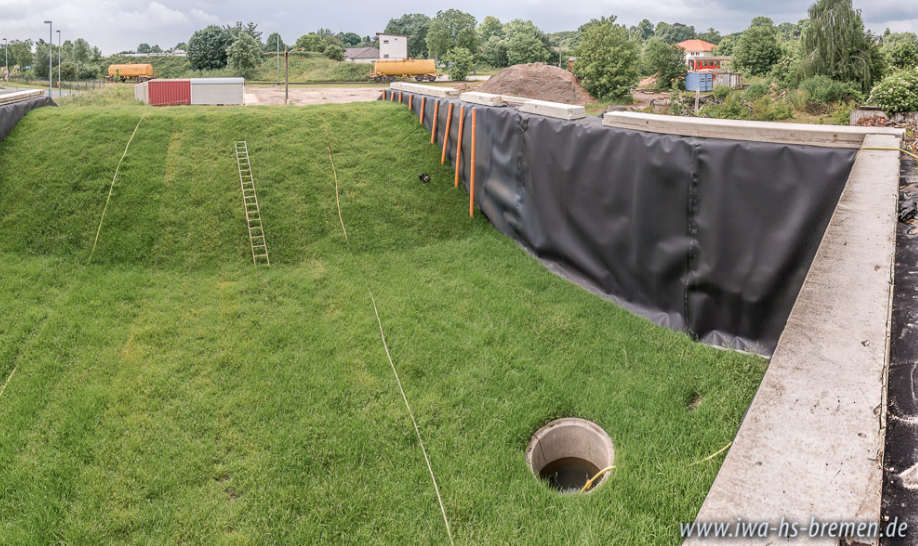The DeichSCHUTZ research project tests a novel system for stabilizing dikes. Precise pressure sensors from STS help to realistically capture the behavior of the seepage line under high water conditions.
When rivers overflow, all hopes rest on the dikes. But what happens when they fail? The dyke breach in Fischbeck (Saxony-Anhalt) during the 2013 Elbe flood demonstrates the damage that can occur. To prevent such scenarios, Hamburg University of Applied Sciences is developing a mobile protection system – funded by the Federal Ministry of Education and Research (BMBF).
Challenge: Old Dikes and Rising Seepage Lines
In Germany, river dikes protect areas along several thousand kilometers of riverbanks. Newer dikes are constructed with three zones to enable targeted drainage. However, many old dikes—like the one in Fischbeck—have a homogeneous structure and are considered especially at risk during prolonged floods.
The problem: Over time, the seepage line in the dike body rises. The higher it gets, the greater the buoyancy. The dike loses its own weight and stability – the risk of failure increases significantly.
The Mobile Dike Protection System in Practical Testing
Christopher Massolle from the Institute for Water and Waste Management at Hamburg University of Applied Sciences is working on a mobile solution to stabilize endangered dikes as part of the DeichSCHUTZ project. The major advantage: low personnel and material effort compared to traditional measures like sandbags.
For practical testing, a realistic test setup was constructed at the premises of the Technical Relief Organization in Hoya. A 550 m³ stormwater basin, built in a U-shape, applies pressure on a test dike for 30 hours.
Precise Level Measurement with ATM/N from STS
The seepage line is measured using pressure sensors of type ATM/N from STS. These are mounted in vertically placed pipes on the dike and measure pressure or water level with high accuracy:
- Measurement range: 1 to 250 mH₂O
- Total error: ≤ ±0.30 % FS
- Temperature compensation: -5 to 50 °C
Once the seepage line reaches its maximum, the mobile protection system is activated. The goal is to stop further water ingress without hindering the drainage of the dike body. The ATM/N sensors continuously monitor how the seepage line changes after activation – a direct proof of the system's effectiveness.
Conclusion
The DeichSCHUTZ project tests a practical approach to effective flood protection. The pressure sensors ATM/N from STS provide reliable data on changes in the seepage line – the basis for informed decisions in an emergency. Mobile protection systems can thus be activated precisely to stabilize dikes before it’s too late.
